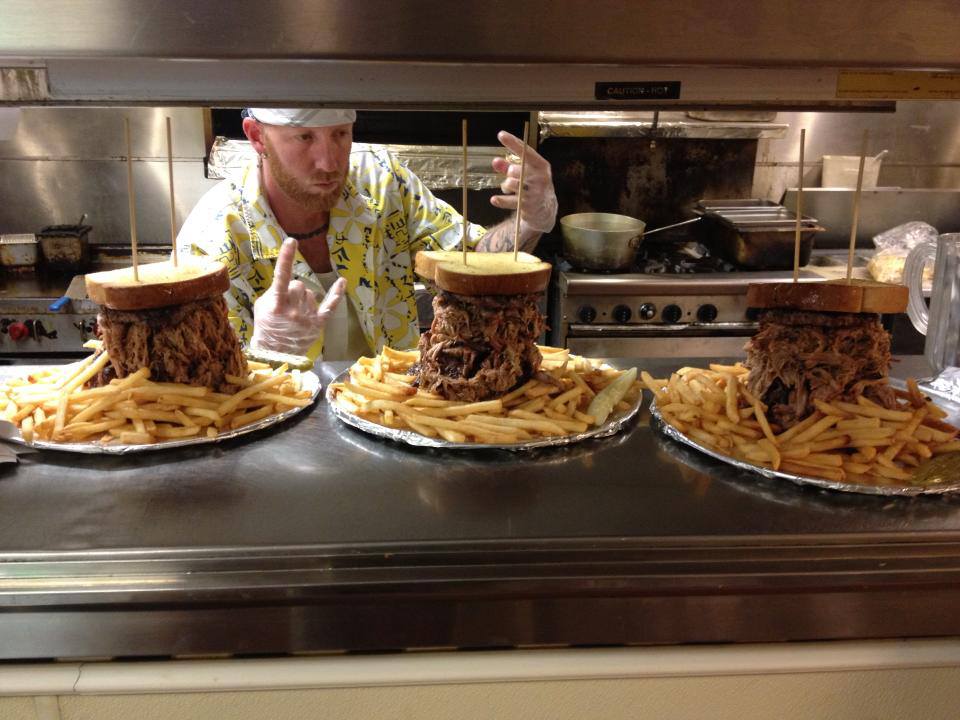
Pick any weekday between 11 a.m. and 3 p.m. at the University of Arizona’s Student Union Memorial Center (SUMC) and you’ll find a feeding frenzy of students and faculty rushing about for a quick, satisfying meal before heading back to class .
From UA developed concepts such as Pangea, Sabor and Core, to well-known franchises such as Chick-Fil-A and Pinkberry, the 17 restaurants inside SUMC offer a variety of choices and a business model for campus dining that leaves little to be desired.
Beneath all the commotion is an out-of-sight group of prep cooks, bakers, dry storage attendants, and a loading dock receiving over $350,000 of inventory every 10 days. Overseeing the operation is Retail Manager for Arizona Student Unions Jon Levengood.
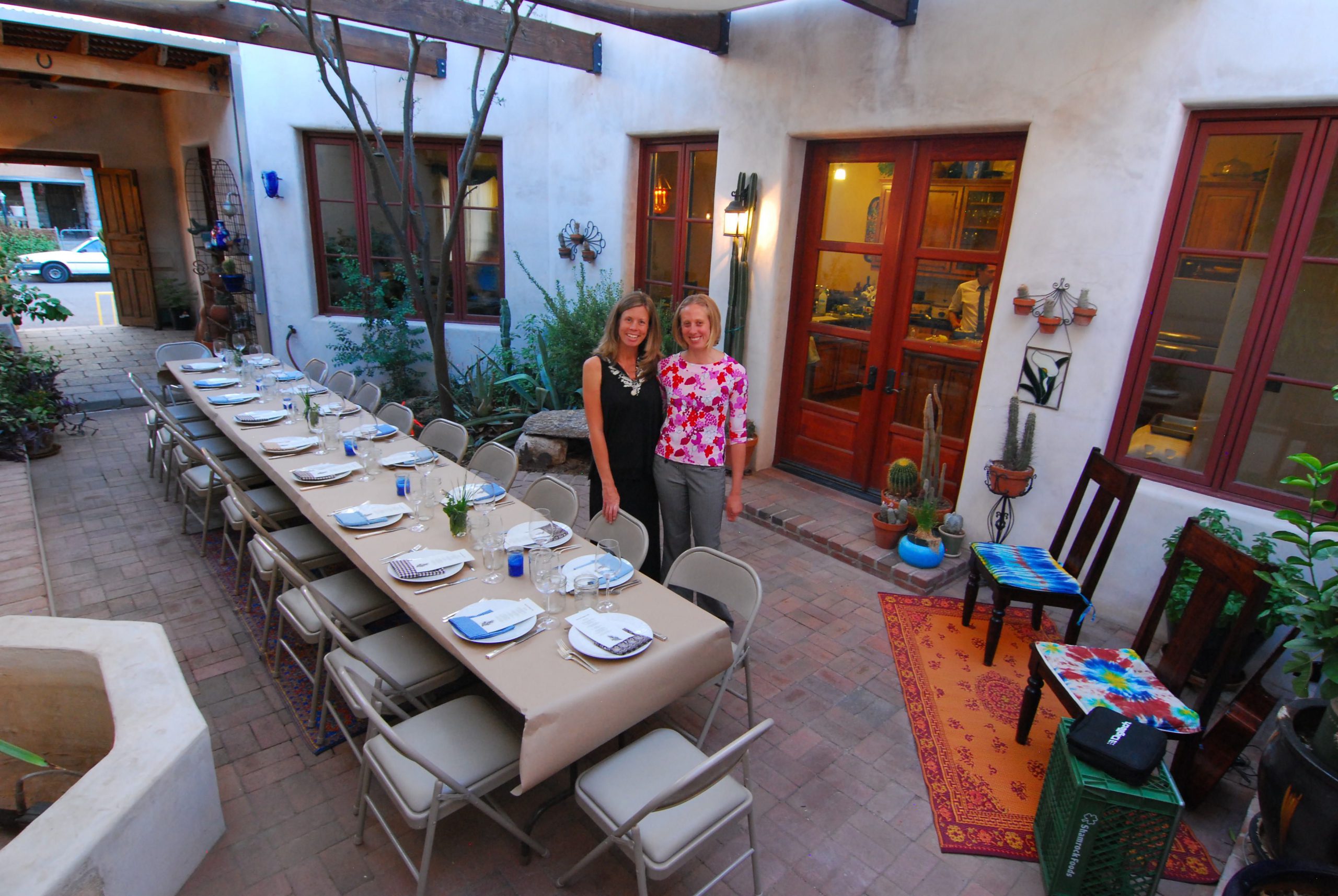
Levengood says the importance of SUMC is that it serves as the school’s safe haven.
“[SUMC] is the living room of the campus,” says Levengood. “It allows students to unwind from the daily grind of their classes and a chance to relax and refresh themselves.”
Each department, from inventory to preparation, functions as a separate unit, responsible for supplying and supporting its own profit margins. It’s this approach that allows the university to keep costs down, profits up, and food flowing to more than 35,000 mouths daily. In addition, student union businesses provide hundreds of on-campus jobs for UA students.
The focus goes beyond food, however, with programs in place emphasizing sustainability and giving back to the community. SUMC works with Compost Cats in educating students about the importance of campus sustainability, providing recycled napkins and containers in restaurants, and teaming up with local farms in utilizing local produce.
In addition, all UA developed brands are just that – concepts developed internally by a combination of design and marketing departments as well as school programs. This approach provides students with real world experience in brand development. If it turns out a certain UA original isn’t hitting its numbers, Levengood begins the process of determining what changes to make or new concepts to incorporate.
While the second floor provides most of the dining, floors one and three also house several restaurants. Starting with the first and third floors, we look at the current mix of SUMC eateries.
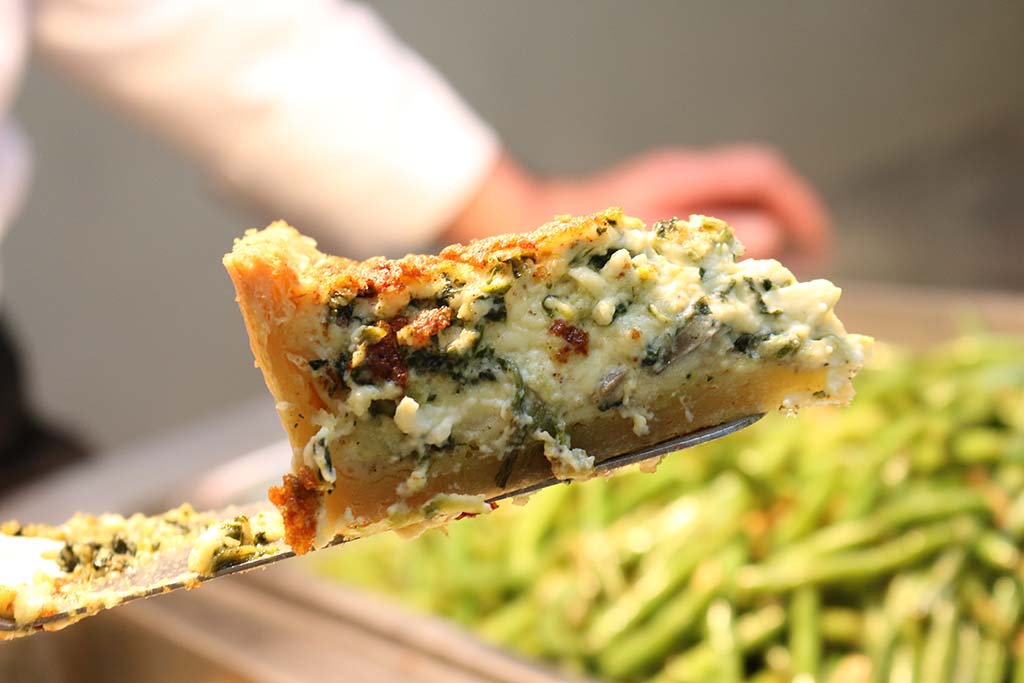
The Arizona Room (formerly Redington Restaurant), located on the third floor, is typically filled with faculty, staff and visiting parents looking to enjoy the view. The restaurant is managed by dining service’s catering department and uses an in-house bakery for breads and desserts. A variety of combinations include Beef Brisket and Grilled Catfish with Strawberry Cheesecake one day, and Cordon Bleu, Seafood Stew and Lemon Bavarian Cake on another.
The Arizona Room’s menu rotates three times a week. Find their schedule by visiting them online.
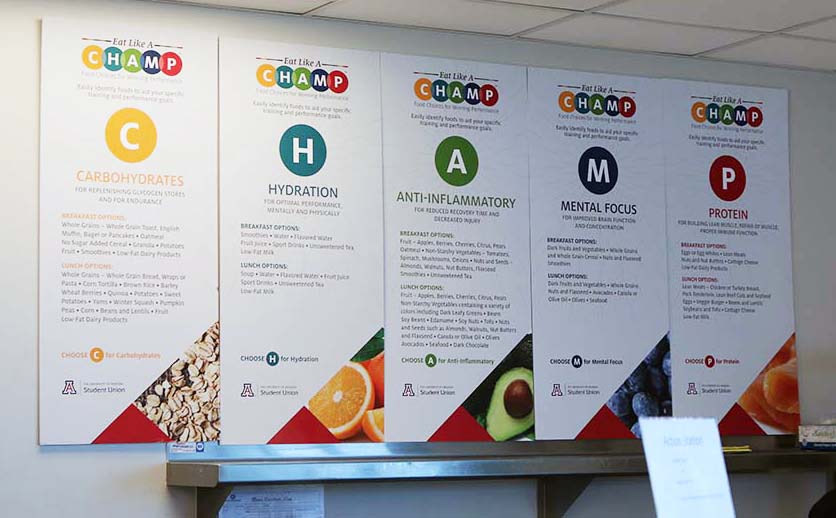
While not located in SUMC, Bear Down Kitchen certainly deserves recognition. Situated on the fourth floor of Arizona Stadium’s new Lowell-Stevens facility, the restaurant isn’t just for student-athletes. The campus’s newest eatery is open to the public for both breakfast and lunch at $8.50 and $12.50, respectively.
With a menu developed by Executive Chef of Arizona Student Unions, Michael Omo, and Dr. Christine Carlson, the dietician in charge of providing students with balanced options, BDK features brick oven, whole wheat pizzas, a salad bar, sandwiches, burgers, stir-fry, and more for those who seek a relaxing meal while soaking in beautiful views of the stadium.
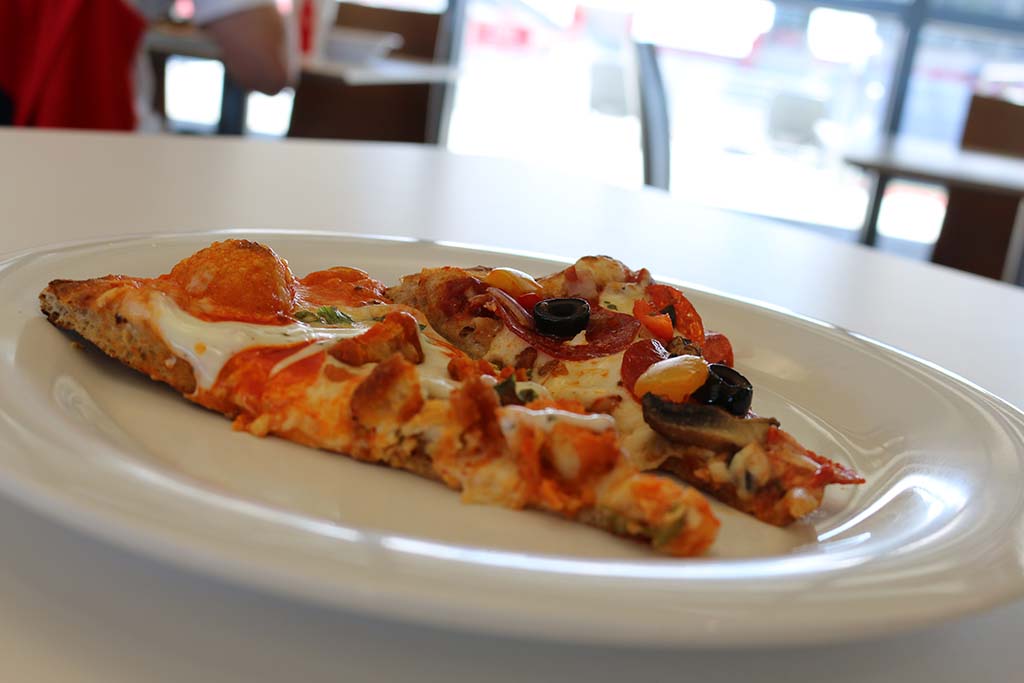
Featured items:
For more information and menu, visit Bear Down Kitchen online.
Another way dining services stays ahead of the curve is through evaluating the response to certain dishes and concepts. Chef Omo routinely measures the popularity of different dishes across their line of restaurants to stay in touch with the students and faculty they serve every day,
“We do as much as we can to keep up with what students are eating and what they prefer,” said Omo. “We send out surveys during the semester and register the feedback before rotating items.”
Based on this feedback, the school is continuously developing healthier options to give students more variety in their diets. Levengood is also working to make nutritional information more complete and easier to find online and in the restaurants.
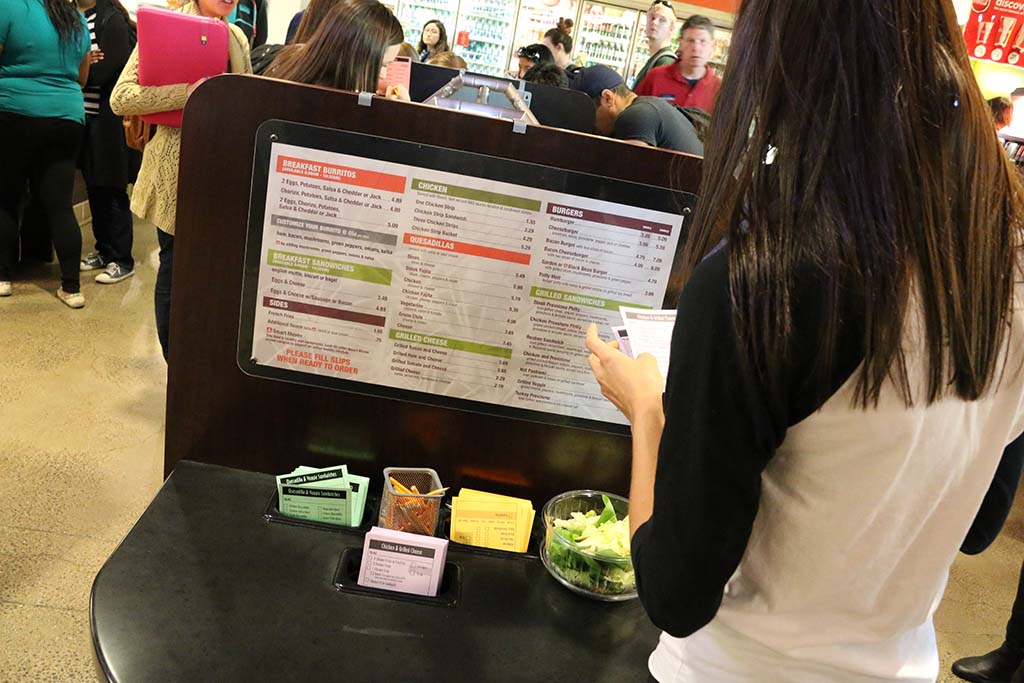
Cactus Grill is one of the busiest joints in the SUMC. The largest on-campus restaurant and located on the third floor, Cactus rakes in almost $2 million a year thanks to the over 2,500 mouths it feeds per day.
A compilation of various food stations with a paper ticket ordering system, including sushi, an omelette bar, BBQ such as pulled pork and smoked brisket, soups, salads, burritos, burgers, stir-fry, to-go wraps and sandwiches, and hot plates featuring everything from baked penne to fried chicken, Cactus Grill has something for nearly any appetite. Cactus Grill also serves breakfast until 10:30am and houses SUMC’s only Jamba Juice station.
For more information and menu, visit Cactus Grill on the web.
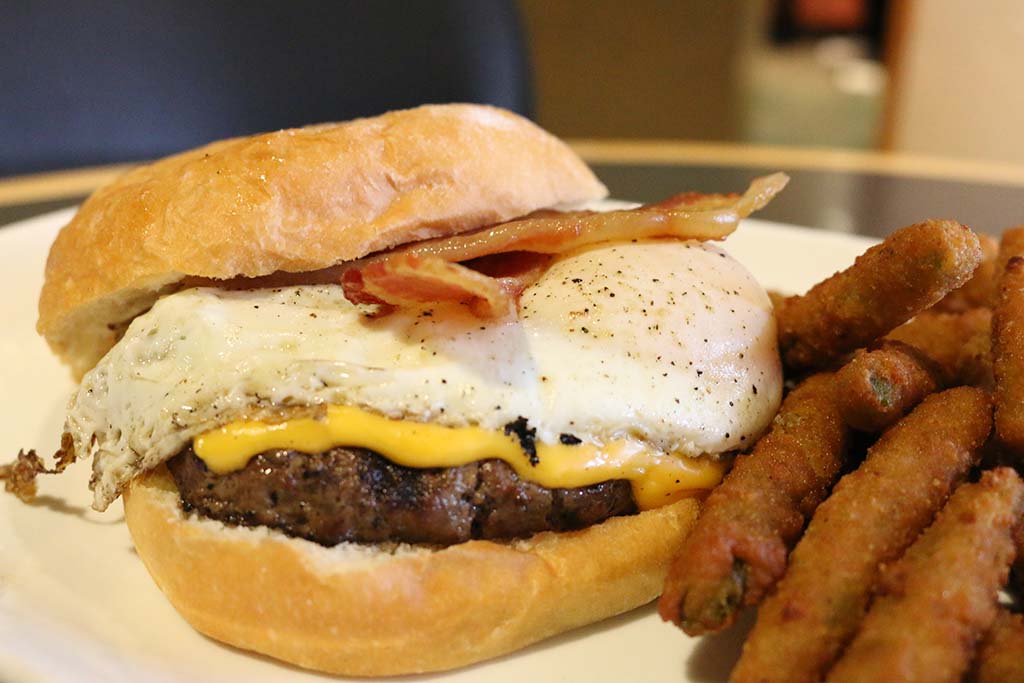
The Cellar Bistro is known for its comfort food, lounge-like atmosphere, and late hours. Located on the first floor, a stage at the opposite end features free mic nights and comedy acts. The Cellar puts a focus on fresh ingredients as well. While using grass-fed beef from local cattle that is never frozen and cooked to your liking, their burgers are a reason to stop by.
Featured items:
For more information and menu, visit The Cellar Bistro.
One level up from Cellar is the food court and main food floor, where chaos rules. The school recognizes a need for quicker dining and plans to better integrate food app Tapingo to streamline pre-ordering and delivering on campus. The Food Court features a number of well-known choices such as Burger King, Chick-Fil-A, Panda Express, Papa John’s, and Einstein Bros Bagels., as well as UA developed concepts including:
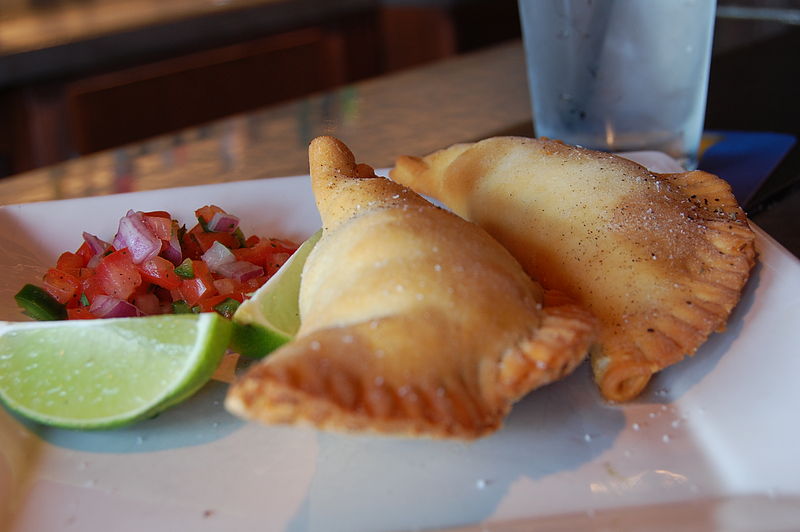
Levengood said he’s particularly pleased with Core, a UA developed brand that emphasizes speedy service and healthy choices,
“For this idea, we knew we wanted it to provide healthier options on campus, and we wanted it to be quick,” says Levengood.
Core and Core Plus, located in the Park Student Union, are both gluten-free facilities that offer make-your-own-salads with a variety of options. From fruits, veggies and nuts to beans, bacon bits and noodles, this place attracts long lines during lunch. The SUMC location also features a beta launch of the Chobani Creation bar where you can scoop yogurt, granola, nuts and fruit in a to-go cup for a light and nutritious snack.
For more information and menu, visit Core on the web.
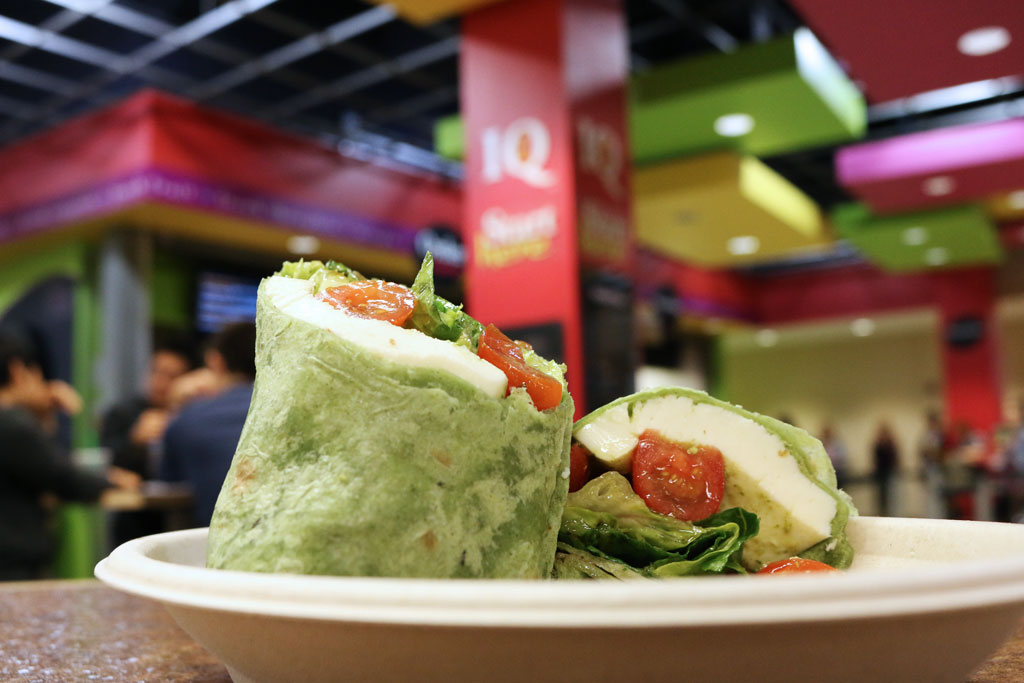
One of UA’s more popular creations, IQ Fresh offers health-conscious, affordable fare, such as a Caprese Wrap ($5.55), Teriyaki Chicken Salad ($5.95) and smoothies. With a list of nine original smoothie choices, and a make your own option consisting of fruits, mixers, sherbet and other additions, IQ is a great spot if you’re watching what you eat.
For more information and menu, visit IQ Fresh online.
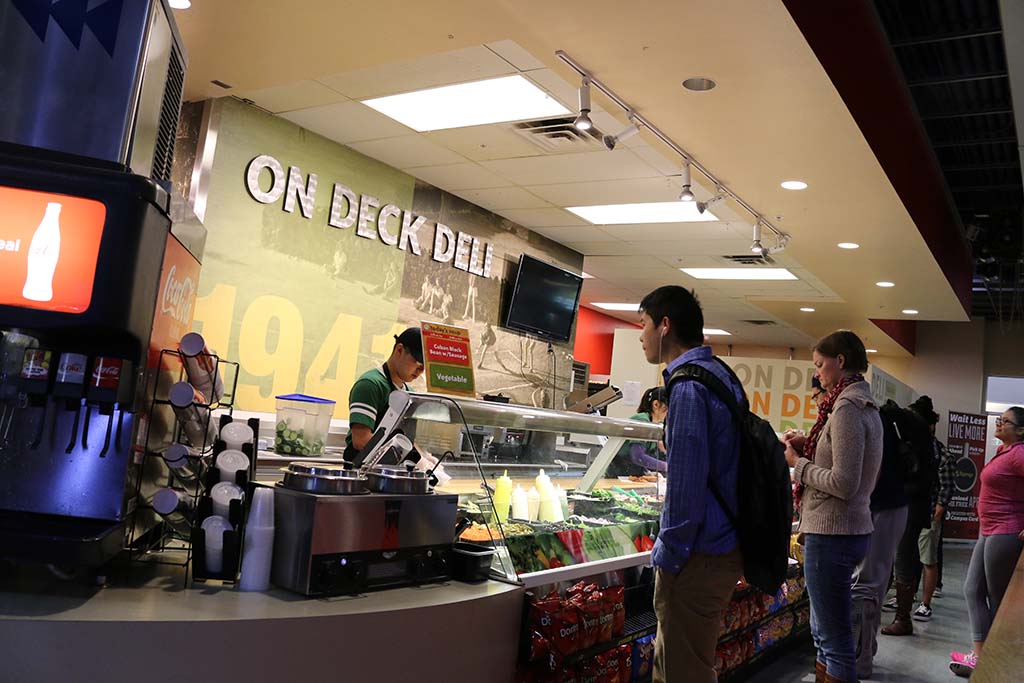
On Deck Deli, another internal success with locations in the Union and PSU, provides assembly line bagels and sandwiches with an assortment of options to choose from. Students and faculty can create their own meal by choosing from up to fifteen types of breads, over ten spreads, seven different meats, various cheeses and greens, and a number of toppings.
For more information, visit On Deck Deli.
Pangea serves buffet-style pasta and offers a popular Friday “Vegas Brunch” including made-to-order omelets, pancakes, waffles, hash browns, fresh fruits and juices, and much more.
Pangea’s weekly buffet features items such as Lobster Ravioli, Shrimp Scampi, Macaroni & Cheese, and Fettuccine Alfredo. Levengood says Dining Services plans to restructure Pangea’s menu come summertime to include more diverse options. The lunch buffet is $7.99 and dinner is a dollar more, while the Vegas Brunch comes in at $9.88. An all-you-can-eat pasta place for under 10 bucks? It’s no wonder Pangea is popular among UA students.
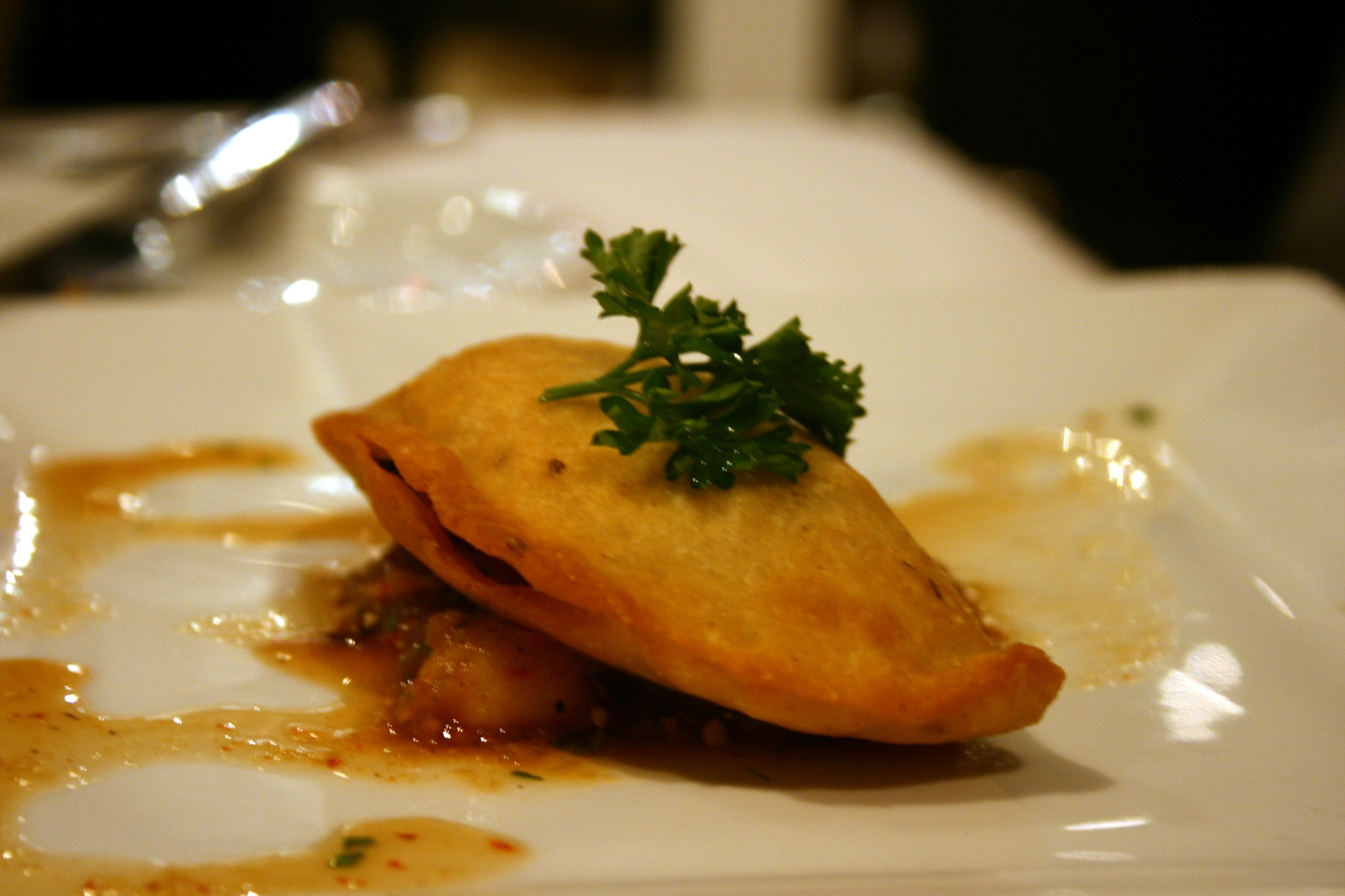
For more information and menu, visit Pangea online.
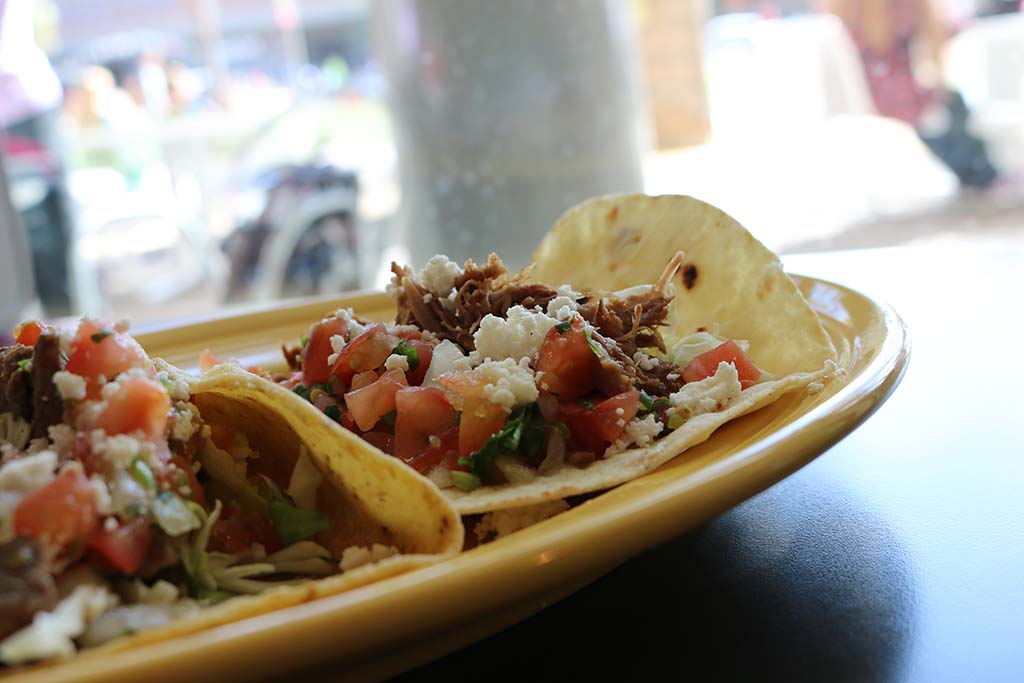
Sabor, another school concept, brings a modern spin to Mexican cuisine and even features bread fresh from El Rio Bakery on North Grande. The salsa bar and open seating aren’t the only aspects that draw people in, as both quality and presentation are top priorities. With modern Mexican fare being something UA surprisingly lacked, Sabor has become a favorite lunch spot for students.
Featured items include:
For more information and menu, visit Sabor.
Clearly, UA’s Student Union offers a large amount of variety. Most public universities have some form of original branding that is internally developed and managed, but without the traditional cafeteria system many schools primarily use, it can be difficult to sustain success.
Still, Mr. Levengood says he’s proud of Arizona’s internal creations because of how they came about and the freedom they provide,
“The exciting thing about [our brands] is that we have so much flexibility with them. What’s popular one year may not be down the road. When we find our offerings no longer fit the needs of the campus community, we go to work and change that concept. It’s a never ending process and very rewarding when done right.”
For more on Dining Services and union restaurant schedules, go to union.arizona.edu.